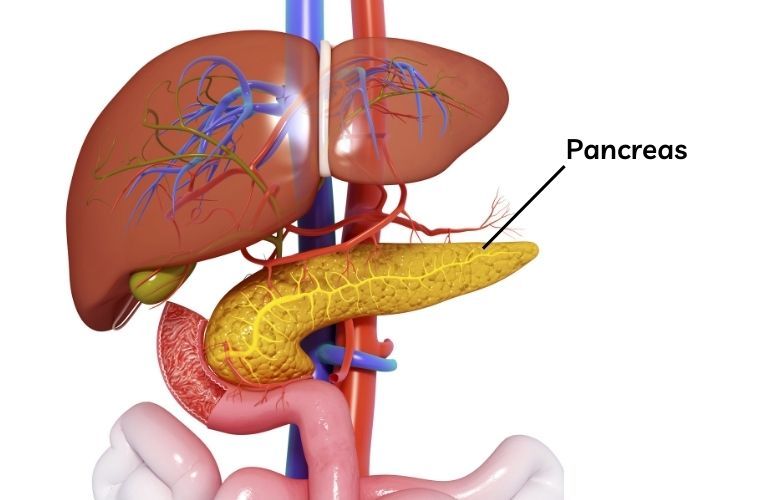The pancreas is a digestive organ surrounded by the liver, spleen, and gallbladder inside the abdomen. It is located behind the stomach and in front of the spine.
Part of the digestive system, the pancreas is important for the body since they control and manage the use of sugar needed for energy and is obtained from the food ingested.
Surgery of the pancreas is called pancreatectomy. There are several types of pancreatectomies that either involve removing a part of the pancreas or total removal of the pancreas.
A patient may need pancreatic surgery if he has pancreatitis or cancer of the pancreas.
The pancreas performs two main functions in the body:
1 – It releases hormones that control the amount of sugar in the blood. This is known as Endocrine function
2 – It produces enzymes that aid in digestion. This is known as Exocrine Function.
Also Read: What is Esophagus Surgery or Esophagectomy?
Types of pancreatic surgery
Whipple procedure: Probably the most common procedure to treat pancreatic cancer, The Whipple procedure, also known as Pancreaticoduodenectomy, focuses on removing the head of the pancreas. This is where most of the cancerous tumors of the pancreas occur.
There’s the conventional Whipple procedure where the head of the pancreas along with the duodenum, gallbladder, a portion of the stomach, and a portion of the bile duct is removed. The digestive tract is then reconstructed inside the abdomen with the remaining stomach, bile duct, and pancreas.
Then there’s the pylorus-sparing Whipple procedure where a portion of the stomach is not removed. The stomach is kept as it is. Depending upon the location of the tumor, the gastro surgeon decides which procedure to perform.
The gastro surgeon will try to preserve as much of the pancreas and other organs as possible while removing the cancerous tumors and the nearby affected tissues.
Distal pancreatectomy: In this procedure, the head of the pancreas is left undisturbed. The body and the tail of the pancreas are removed. Sometimes, even the spleen has to be removed if cancer has spread to the spleen. The distal pancreatectomy procedure can be performed either laparoscopically or through a typical open procedure.
Central pancreatectomy: The central pancreatectomy involves the removal of the body of the pancreas. The healthy head and tail of the pancreas are left untouched. In this procedure, the endocrine and exocrine functions are not affected. This reduces the chances of the patient developing diabetes as a side effect.
Total pancreatectomy: The entire pancreas is removed in this procedure, leaving the patient insulin-dependent for the rest of his life. This surgery is recommended in cases where cancer has spread extensively, and no healthy tissue can be preserved.
Total pancreatectomy is similar to a Whipple procedure since along with the pancreas, duodenum, gallbladder, a portion of the stomach, lymph nodes, and, sometimes, even the spleen is removed.
Drainage of Ducts:
Sometimes, the pancreas may get blocked due to scar tissue or inflammation causing mild to severe pain to the patient. Duct drainage procedures open a blocked pancreatic duct relieving the patient from the pain and allowing the pancreas to function normally again.

